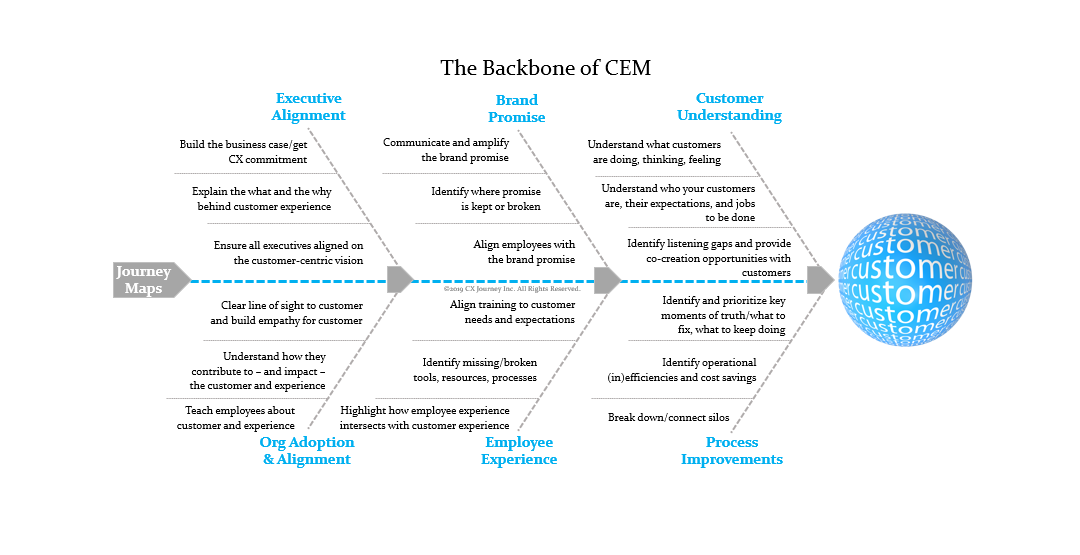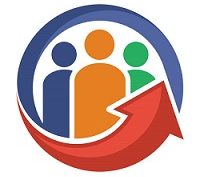Linking User Journey Maps to Business Goals
Introduction
Creating a seamless user experience is crucial for the success of any business. Understanding the user journey and aligning it with the business goals can greatly enhance customer satisfaction and drive business growth. In this blog post, we will explore the importance of linking user journey maps to business goals and how it can benefit your organization.
Understanding User Journey Maps
User journey maps are visual representations of the steps a user takes while interacting with a product or service. They provide insights into the user’s motivations, needs, and pain points throughout their journey. By mapping out these journeys, businesses can gain a deeper understanding of their users and make informed decisions to improve their overall experience.
The Importance of User Journey Maps
User journey maps play a crucial role in aligning business goals with user needs. They help businesses identify gaps in their current processes and identify opportunities for improvement. By understanding the user’s journey, businesses can optimize their products or services to meet the specific needs and expectations of their target audience.
1. Enhancing User Experience
By linking user journey maps to business goals, companies can identify pain points and areas of improvement in the user experience. This allows them to make informed decisions on how to enhance the overall user experience and increase customer satisfaction.
2. Increasing Conversion Rates
Understanding the user journey can help businesses identify bottlenecks in the conversion process. By optimizing these touchpoints, companies can increase conversion rates and drive more sales or conversions.
3. Improving Customer Retention

User journey maps can also help businesses identify opportunities to improve customer retention. By understanding the user’s journey beyond the initial purchase, companies can identify ways to engage and retain customers, ultimately leading to increased loyalty and repeat business.
Linking User Journey Maps to Business Goals
Linking user journey maps to business goals involves aligning the insights gained from the user journey with the overall objectives of the company. Here are some key steps to effectively link user journey maps to business goals:
1. Define Business Goals
Start by clearly defining the business goals you want to achieve. These goals could be increasing sales, improving customer satisfaction, or expanding market reach. Having a clear understanding of your business goals will help you align your user journey maps accordingly.
2. Identify Key Touchpoints
Identify the key touchpoints in the user journey that directly impact your business goals.
Summary
Linking user journey maps to business goals is a strategic approach that helps businesses align their customer experience efforts with their overall objectives. By mapping out the user journey, businesses gain valuable insights into the various touchpoints and interactions that customers have with their products or services.
By understanding the user journey, businesses can identify pain points, areas of improvement, and opportunities to enhance the overall customer experience. This knowledge can then be used to set specific business goals that directly address these insights.
For example, if the user journey map reveals that customers often abandon their shopping carts during the checkout process, a business goal could be to streamline the checkout process and reduce cart abandonment rates. By linking the user journey map to this specific goal, businesses can focus their efforts on improving the checkout experience and measure the impact of their initiatives.
Linking user journey maps to business goals also helps in prioritizing resources and investments. By identifying the key touchpoints and interactions that have the most significant impact on the overall customer experience, businesses can allocate resources accordingly to optimize those areas.
Furthermore, this alignment ensures that the user journey maps are not just theoretical exercises but practical tools that drive real business outcomes. It helps in fostering a customer-centric approach within the organization, where every decision and action is guided by the goal of enhancing the user experience.
In conclusion, linking user journey maps to business goals is a powerful strategy that enables businesses to understand their customers better, improve their overall experience, and achieve their desired outcomes. By aligning the user journey with specific business objectives, organizations can drive growth, increase customer satisfaction, and stay ahead of the competition.
- Q: How can I link user journey maps to business goals?
- A: To link user journey maps to business goals, you can identify the key touchpoints in the user journey where business goals can be achieved. By aligning these touchpoints with specific business objectives, you can ensure that the user journey supports and contributes to the overall goals of the business.
- Q: Why is it important to link user journey maps to business goals?
- A: Linking user journey maps to business goals is important because it helps ensure that the user experience aligns with the strategic objectives of the business. By understanding how user interactions impact business outcomes, you can make informed decisions to optimize the user journey and drive desired business results.
- Q: What are the benefits of linking user journey maps to business goals?
- A: The benefits of linking user journey maps to business goals include improved customer satisfaction, increased conversion rates, enhanced brand loyalty, and better overall business performance. By aligning the user journey with business objectives, you can create a seamless and purposeful experience for your users.
- Q: How can I incorporate business goals into a user journey map?
- A: To incorporate business goals into a user journey map, you can add specific business objectives as milestones or touchpoints along the user journey. This can be done by identifying the actions or interactions that directly contribute to achieving those goals and mapping them accordingly in the user journey.
- Q: What tools or techniques can I use to link user journey maps to business goals?
- A: There are various tools and techniques you can use to link user journey maps to business goals. Some common approaches include conducting user research and analysis, defining key performance indicators (KPIs) aligned with business goals, and using visualization techniques such as diagrams or flowcharts to map out the user journey and its connection to business objectives.

Welcome to my website! I’m Harrison Probert, a passionate and experienced Digital Marketing Manager specializing in Behavioral Psychology, Conversion Rate Optimization (CRO), User Behavior, Persona Development, and Site Usability. With a deep understanding of human behavior and a keen eye for data-driven strategies, I strive to create impactful digital experiences that drive results.

